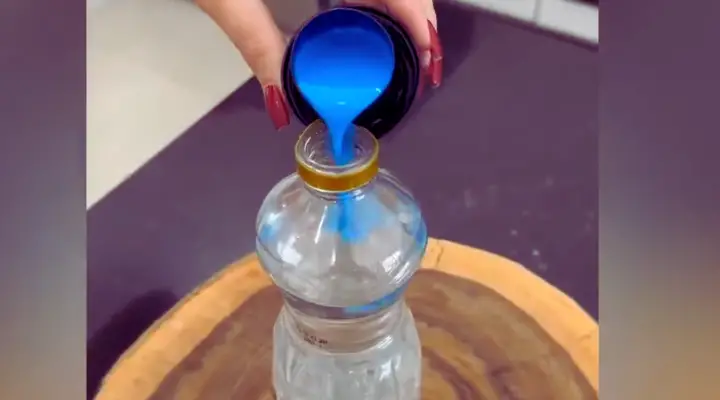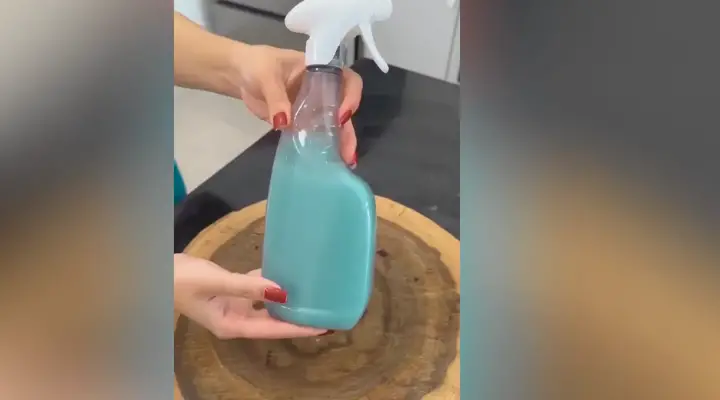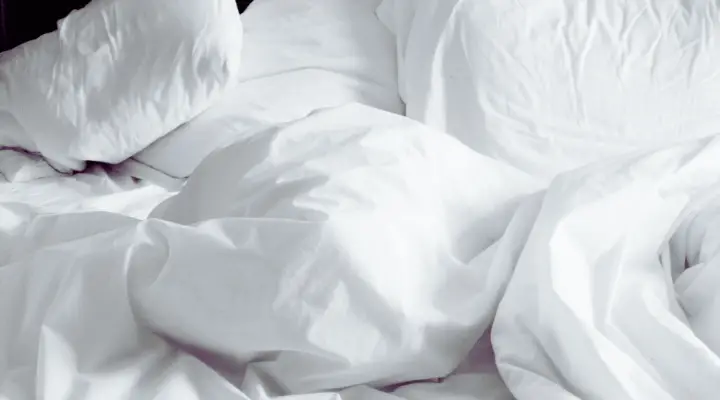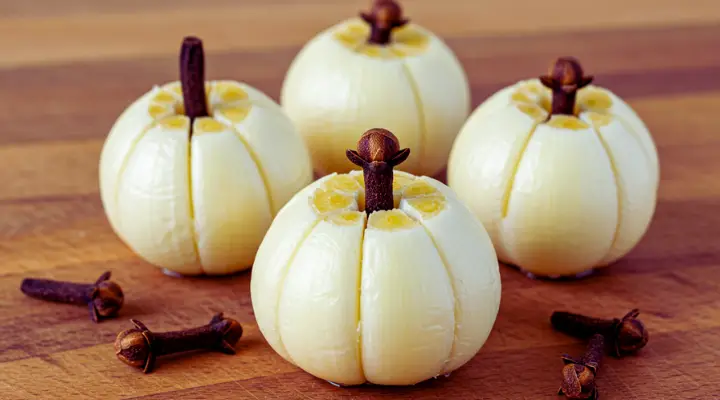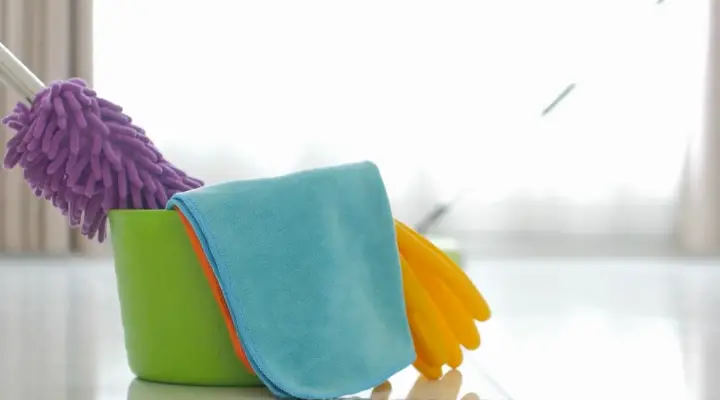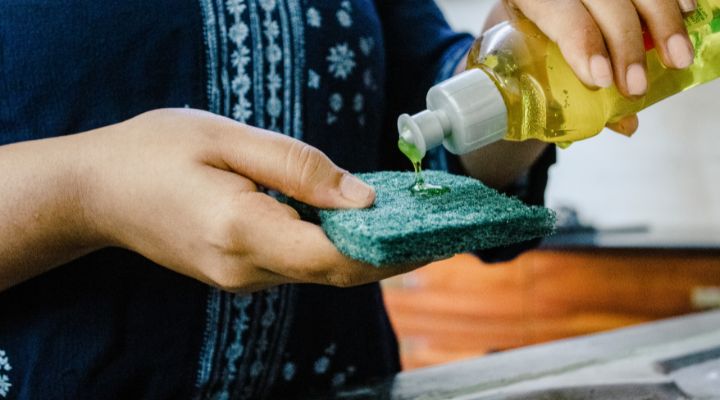Ever wondered if the secret to a sparkling clean home and a healthier you could be hiding in your pantry and laundry room? It might sound strange, but salt and fabric softener, two everyday household items, have surprising applications beyond just seasoning your food and softening your clothes! This article dives deep into the unexpected ways these common substances can contribute to your well-being and home maintenance.
For centuries, salt has been more than just a flavor enhancer. From ancient Roman soldiers being paid in salt (hence the word “salary”) to its use in preserving food throughout history, salt has played a crucial role in human civilization. Similarly, while fabric softener is a relatively modern invention, the desire for soft, comfortable clothing has been around for ages, with people using natural oils and herbs to achieve that desired feel.
But why should you care about the potential health and cleaning benefits of salt and fabric softener? Well, in today’s world, we’re all looking for natural, cost-effective solutions to improve our lives. Whether it’s finding gentler alternatives to harsh chemicals or discovering simple remedies for common ailments, understanding the versatility of these readily available products can empower you to make informed choices for your home and health. I’m excited to share some practical tips and tricks that might just change the way you think about these everyday essentials!
Using Salt and Fabric Softener for Laundry: A Comprehensive Guide
Hey there! Ever wondered if you could use common household items like salt and fabric softener to boost your laundry game? Well, you’re in the right place! I’m going to walk you through everything you need to know about using these ingredients to get your clothes cleaner, brighter, and softer. Let’s dive in!
Salt’s Superpowers in Laundry
Salt, specifically common table salt (sodium chloride), isn’t just for seasoning your food. It’s a surprisingly effective laundry aid with several benefits:
- Color Preservation: Salt helps to set dyes in new clothes, preventing them from fading or bleeding during the first few washes.
- Stain Removal: Salt can assist in removing certain types of stains, especially blood and mildew.
- Brightening Whites: Salt can act as a natural brightener, helping to keep your white clothes looking their best.
- Mildew Prevention: Salt can help prevent mildew growth, especially in damp environments.
How to Use Salt for Color Preservation
This is especially important for new, brightly colored items.
- Prepare the Salt Solution: Dissolve about ½ cup of table salt in a gallon of cold water. Make sure the salt is fully dissolved.
- Soak the Garment: Submerge the new garment in the salt solution. Ensure the entire item is covered.
- Soak Time: Let the garment soak for at least 30 minutes, or even up to a few hours for particularly vibrant colors.
- Rinse Thoroughly: Remove the garment from the salt solution and rinse it thoroughly with cold water until the water runs clear.
- Wash as Usual: Wash the garment as you normally would, following the care label instructions.
Using Salt to Tackle Stains
Salt can be a helpful ally in fighting certain stains.
- Act Quickly: The sooner you treat the stain, the better your chances of removing it.
- Prepare a Salt Paste: For blood stains, mix salt with cold water to create a thick paste. For mildew stains, you can mix salt with lemon juice to create a paste.
- Apply the Paste: Apply the salt paste directly to the stain, covering it completely.
- Let it Sit: Allow the paste to sit on the stain for at least 30 minutes, or even longer for stubborn stains. For blood, you might need to let it sit for an hour or two. For mildew, keep an eye on it and don’t let the lemon juice dry completely, as it can sometimes bleach the fabric.
- Scrub Gently: Gently scrub the stained area with a soft brush or cloth.
- Rinse and Wash: Rinse the area thoroughly with cold water and then wash the garment as usual.
- Inspect and Repeat: After washing, inspect the garment to see if the stain is gone. If not, repeat the process before drying.
Brightening Whites with Salt
Salt can help boost the effectiveness of your laundry detergent when washing whites.
- Add Salt to the Wash: Add about ¼ cup of table salt to your washing machine along with your regular laundry detergent.
- Wash as Usual: Wash your white clothes as you normally would, using the appropriate water temperature and cycle.
- Enjoy Brighter Whites: You should notice a difference in the brightness of your white clothes after washing.
Preventing Mildew with Salt
Salt can help prevent mildew from growing on damp clothes, especially useful for items that might sit in a laundry basket for a while.
- Prepare a Salt Solution: Dissolve about ½ cup of table salt in a gallon of water.
- Soak Damp Clothes: Soak the damp clothes in the salt solution for about 30 minutes.
- Wash as Usual: Wash the clothes as you normally would.
- Ensure Proper Drying: Make sure the clothes are completely dry before storing them to prevent mildew growth.
Fabric Softener: Achieving Ultimate Softness and Freshness
Fabric softener is designed to make your clothes feel softer, reduce static cling, and add a pleasant fragrance. There are two main types: liquid fabric softener and dryer sheets.
- Liquid Fabric Softener: Added to the washing machine during the rinse cycle.
- Dryer Sheets: Added to the dryer along with your clothes.
Using Liquid Fabric Softener
Liquid fabric softener is added during the rinse cycle of your washing machine.
- Read the Label: Always read the label on your fabric softener bottle for specific instructions and dosage recommendations.
- Locate the Dispenser: Find the fabric softener dispenser in your washing machine. It’s usually a separate compartment labeled for fabric softener.
- Measure the Softener: Measure the recommended amount of fabric softener using the cap or a measuring cup.
- Pour into Dispenser: Pour the fabric softener into the dispenser. Do not overfill.
- Start the Wash: Start your washing machine as usual. The fabric softener will be automatically released during the rinse cycle.
Using Dryer Sheets
Dryer sheets are added to the dryer along with your clothes.
- Load the Dryer: Load your wet clothes into the dryer.
- Add a Dryer Sheet: Place one dryer sheet on top of the clothes in the dryer. For larger loads, you might want to use two dryer sheets.
- Start the Dryer: Start the dryer as usual, using the appropriate heat setting for your clothes.
- Discard the Sheet: Once the drying cycle is complete, discard the used dryer sheet.
Tips for Using Fabric Softener Effectively
Here are some tips to help you get the most out of your fabric softener:
- Don’t Overuse: Using too much fabric softener can leave a residue on your clothes, making them feel stiff and reducing their absorbency.
- Avoid on Certain Fabrics: Avoid using fabric softener on towels, microfiber cloths, and athletic wear. It can reduce their absorbency and effectiveness.
- Consider Alternatives: If you’re looking for a more natural alternative, consider using dryer balls. They can help soften clothes and reduce static cling without the use of chemicals.
- Clean Your Dispenser: Regularly clean your fabric softener dispenser to prevent buildup and clogs.
Troubleshooting Common Fabric Softener Issues
Sometimes, things don’t go as planned. Here are some common issues and how to fix them:
- Stiff Clothes: If your clothes feel stiff after using fabric softener, you might be using too much. Try reducing the amount you use. Also, make sure you’re not using it on fabrics that shouldn’t be treated with softener.
- Residue on Clothes: If you notice a residue on your clothes, it could be due to using too much fabric softener or not cleaning your dispenser regularly. Try cleaning the dispenser and using less softener.
- No Scent: If your clothes don’t have a noticeable scent after using fabric softener, you might be using a scent-free softener or not using enough. Try using a scented softener or increasing the amount you use (but be careful not to overuse!).
Combining Salt and Fabric Softener for Optimal Results
While salt and fabric softener serve different purposes, you can use them together in your laundry routine for enhanced results.
- Pre-Treat with Salt: If you have new, brightly colored clothes, pre-treat them with a salt soak as described above to prevent color bleeding.
- Wash with Salt: Add ¼ cup of salt to your washing machine along with your regular detergent to help brighten whites and boost stain removal.
- Use Fabric Softener in the Rinse Cycle: Add fabric softener to the dispenser as usual during the rinse cycle to soften your clothes and reduce static cling.
- Dry with Dryer Sheets (Optional): If you want extra softness and fragrance, you can also use dryer sheets in the dryer.
A Word of Caution
While salt and fabric softener are generally safe to use, there are a few things to keep in mind:
- Allergies: Be aware of any allergies you or your family members might have to the ingredients in fabric softener.
- Sensitive Skin: If you have sensitive skin, consider using a hypoallergenic fabric softener or dryer balls instead of dryer sheets.
- Read Labels: Always read the labels on your detergent, fabric softener, and clothing to ensure compatibility.
- Test
Conclusion
In conclusion, the unconventional combination of salt and fabric softener presents a surprisingly effective and economical approach to enhancing your laundry routine. While it might seem counterintuitive to mix these two seemingly disparate household staples, the benefits from brighter whites and softer fabrics to reduced static cling and a cleaner washing machine are undeniable. This isn’t just about saving money; it’s about discovering a more natural and potentially gentler way to care for your clothes and appliances.
The beauty of this method lies in its adaptability. Experiment with different types of salt, from common table salt to Epsom salt, to see which yields the best results for your specific needs and water hardness. Similarly, explore various fabric softener scents or even opt for an unscented version if you have sensitive skin or prefer a neutral fragrance. Consider adjusting the quantities of salt and fabric softener based on the size of your laundry load and the severity of stains or odors. For heavily soiled items, a pre-soak in a salt and water solution can work wonders before adding them to the washing machine.
Remember, the key is to start with small amounts and gradually increase them until you achieve the desired outcome. Always test the mixture on a small, inconspicuous area of fabric first, especially with delicate materials or vibrant colors, to ensure there are no adverse reactions.
Ultimately, the effectiveness of using salt and fabric softener in your laundry depends on individual preferences and circumstances. What works for one person might not work for another. That’s why we encourage you to try this method for yourself and see the difference it can make.
We are confident that you’ll be pleasantly surprised by the results. But more importantly, we want to hear about your experience! Share your tips, tricks, and observations in the comments below. Let us know what type of salt and fabric softener you used, what adjustments you made, and what benefits you observed. Your feedback will not only help other readers but also contribute to a better understanding of this innovative laundry hack. Let’s learn from each other and unlock the full potential of this simple yet powerful combination. So, go ahead, give it a try, and let us know what you think! Your laundry will thank you for it.
Frequently Asked Questions (FAQs)
What exactly are the benefits of using salt and fabric softener in my laundry?
The combination of salt and fabric softener offers a multitude of benefits. Salt acts as a natural color brightener, preventing colors from fading and keeping whites looking whiter. It also helps to remove stains and odors, acting as a mild disinfectant. Fabric softener, of course, softens fabrics, reduces static cling, and adds a pleasant fragrance. Together, they create a synergistic effect, resulting in cleaner, brighter, softer, and fresher-smelling laundry. Furthermore, salt can help to clean your washing machine by removing detergent buildup and mineral deposits.
What kind of salt should I use? Does it matter?
While common table salt is generally effective, many people prefer to use Epsom salt or sea salt. Epsom salt, in particular, is known for its water-softening properties, which can further enhance the cleaning power of your detergent. Sea salt contains minerals that can help to brighten colors and remove stains. Experiment with different types of salt to see which one works best for your laundry needs and water hardness. Avoid using salts with added iodine, as this could potentially stain fabrics.
How much salt and fabric softener should I use per load?
The ideal amount of salt and fabric softener depends on the size of your laundry load and the hardness of your water. As a general guideline, start with about ¼ cup of salt and ¼ cup of fabric softener for a standard load. For larger loads, you may need to increase the amounts accordingly. If you have hard water, you may need to use more salt to achieve the desired results. Always err on the side of caution and start with smaller amounts, gradually increasing them until you find the perfect balance.
Will salt and fabric softener damage my washing machine?
No, salt and fabric softener should not damage your washing machine when used in moderation. In fact, salt can actually help to clean your washing machine by removing detergent buildup and mineral deposits. However, it’s important to avoid using excessive amounts of salt, as this could potentially corrode metal parts over time. Always follow the manufacturer’s instructions for your washing machine and use salt and fabric softener responsibly.
Can I use this method on all types of fabrics?
While salt and fabric softener are generally safe for most fabrics, it’s always a good idea to test the mixture on a small, inconspicuous area first, especially with delicate materials or vibrant colors. Avoid using this method on fabrics that are specifically labeled as “dry clean only.” Also, be cautious when using salt on fabrics that are prone to fading, as it could potentially accelerate the fading process.
I have sensitive skin. Is this method safe for me?
If you have sensitive skin, it’s important to choose a fabric softener that is hypoallergenic and free of dyes and fragrances. You may also want to consider using an unscented fabric softener or skipping the fabric softener altogether and relying solely on the salt for its cleaning and softening properties. Always rinse your laundry thoroughly to remove any residual detergent or fabric softener that could irritate your skin.
Can I use this method in a high-efficiency (HE) washing machine?
Yes, you can use salt and fabric softener in a high-efficiency (HE) washing machine. However, it’s important to use HE-compatible fabric softener to avoid damaging your machine. Also, be sure to follow the manufacturer’s instructions for your washing machine and use the appropriate amount of salt and fabric softener for your load size.
What if I don’t have fabric softener? Can I still use salt?
Yes, you can still use salt even if you don’t have fabric softener. Salt has its own unique benefits, such as brightening colors, removing stains, and cleaning your washing machine. While fabric softener adds softness and fragrance, salt can still be a valuable addition to your laundry routine on its own.
I tried this method, and I didn’t see any noticeable difference. What am I doing wrong?
If you didn’t see any noticeable difference after using salt and fabric softener, there could be several reasons why. You may not have used enough salt or fabric softener, your water may be too hard, or your laundry may have been too heavily soiled. Try adjusting the amounts of salt and fabric softener, using a water softener, or pre-soaking your laundry in a salt and water solution before washing. Also, be sure to use a high-quality detergent and follow the manufacturer’s instructions for your washing machine.
Where do I add the salt and fabric softener in my washing machine?
Add the salt directly to the washing machine drum along with your laundry detergent. Pour the fabric softener into the designated dispenser compartment in your washing machine. If your washing machine doesn’t have a dispenser compartment for fabric softener, you can add it to the drum during the final rinse cycle.
By: https://reuseanswers.com/wp-content/uploads/2025/08/FiBUa0x.pngDifficulty: EasyCuisine: AmericanDietary: N/AAllergy Information
Please check ingredients for potential allergens and consult a health professional if in doubt.

